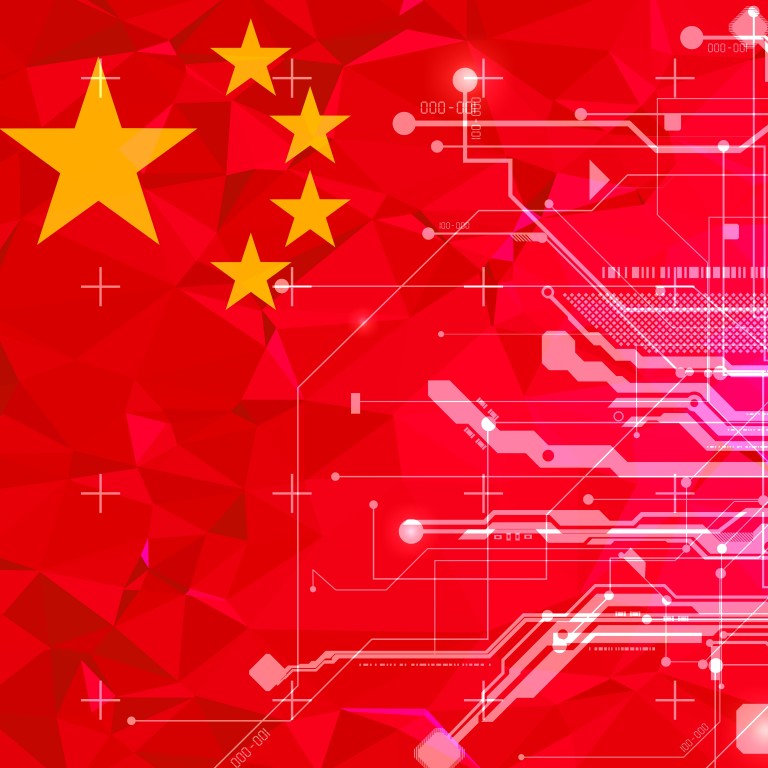
US-China technology FDI crashes but decoupling is ‘not imminent’
- Report finds ‘multiple choke points’ in supply chains will maintain a continuing global co-dependency for some time to come
- Meanwhile Washington continues to build a coalition against China which, if successful, could pose a greater challenge for Beijing
And, if successful, the United States’ push to build up a supply chain coalition against China could pose a greater challenge to Beijing which has invested heavily in technology and supply chain independence, Boston-headquartered consultancy Bain & Company said in its latest technology report 2021, released on Monday.
If it comes down to a China bloc vs US bloc, who stands to gain the most?
Next Wednesday, US Secretary of State Antony Blinken, Commerce Secretary Gina Raimondo, and trade representative Katherine Tai will host European Commission vice-presidents Margrethe Vestager and Valdis Dombrovskis at the inaugural US-EU Trade and Technology Council meeting in Pittsburgh.
The two sides are expected to announce a deal to share information and data relating to foreign takeovers and cooperate on assessing investments in strategic assets, in another veiled swipe at China.
Overall, the FDI between the US and China fell by 75 per cent, from US$62 billion in 2016 to US$16 billion last year, the report said. It was a stark contrast with their own massive domestic investments in technology.
In June, the US Senate approved the US$250 billion Innovation and Competition Act, which will provide US$52 billion for domestic semiconductor research and manufacturing, a 30 per cent funding boost for the National Science Foundation, and US$29 billion to fund a new applied sciences directorate.
China’s tech hub Shenzhen to invest US$108 billion in R&D over 5 years
“The two nations’ recent moves signal that decoupling will be a defining feature of the technology landscape for years to come, even with one of its most prominent contributors – former US president Donald Trump – no longer in office,” the report noted.
Deep worries over supply-chain bottlenecks – caused by coronavirus lockdowns and a shortage of microchips crucial to, for example, the car industry – had compounded the desire for self-reliance, it said.
While the authors agreed that economic divorce between the two powers seemed “inevitable”, it might not be imminent because of the “multiple choke points” assuring a continuing co-dependency in the global technology industry, they said.
These include the US’ heavy reliance on Asia for access to leading-edge semiconductor foundries, original equipment and design manufacturers, and component makers, as well as China’s lack of key process technology and critical equipment.
Shanghai’s big vision to lead world in next-gen tech is light on detail
Tightening export controls by the US would also hinder Beijing’s efforts to ramp up domestic semiconductor manufacturing, despite its ambitious investment and easing of investment barriers – the latest attempt to encourage foreign companies to invest in open-source, home-grown alternatives across the technology stack, the report said.
“While China’s hard-tech choke point could require decades to overcome, the US’ semiconductor capacity choke point could be alleviated in the next decade,” it said. “But it would take significant investments to construct factories and develop talent. Investments announced by leading chip makers and the US government could help address the problem.”
The report said the US attempt to build a global coalition to contain the sale of critical technologies to China had created geopolitical uncertainties and industrial players would need to tread a fine line.
One of the biggest question marks hangs over Europe, which has yet to make clear if it will join the US-led coalition, even though the European Union – deeply wary of its widening gap with the US and Asia in advanced technologies – has pledged more than US$150 billion to significantly boost its technological autonomy by 2030.
Adding to the uncertainty was Taiwan, another semiconductor powerhouse, the report said. Relations between Taipei and Beijing have been frosty since the independence-leaning Democratic Progressive Party came to power in 2016.

